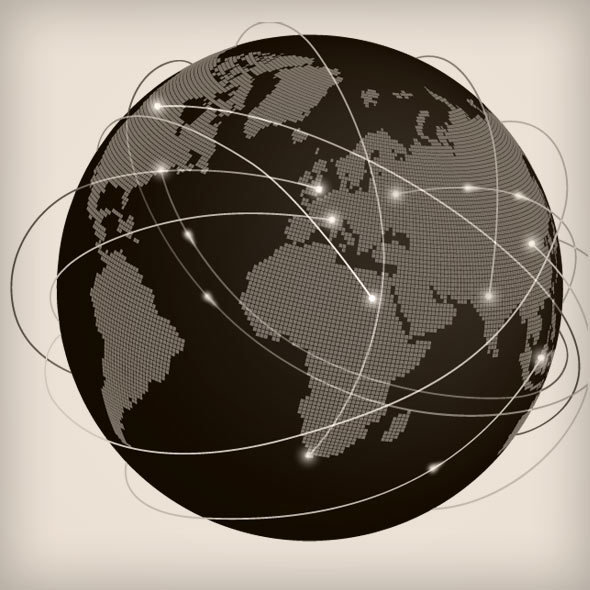This post has already been read 18495 times!
 In case you haven’t seen this yet, here’s a great piece about the classic “traveling
In case you haven’t seen this yet, here’s a great piece about the classic “traveling
salesman” problem and the challenge of modeling today’s complex transportation networks with algorithms.
More than just transportation, these problems are found throughout the supply chain. I liked this part:
Modeling the real world, with constraints like melting ice cream and idiosyncratic human behavior, is often where the real challenge lies. As mathematicians, operations research specialists, and corporate executives set out to mathematize and optimize the transportation networks that interconnect our modern world, they are re-discovering some of our most human quirks and capabilities. They are finding that their job is as much to discover the world, as it is to change it.
The Traveling Salesman Problem, and its intellectual cousins, are far from theoretical; indeed, they are at the invisible heart of our transportation networks. Every time you want to go somewhere, or you want something to get to you, the chances are someone is thinking at that very moment how to make that process more efficient. We are all of us traveling salesmen.
Some of the best bits come from the author’s interviews with people at UPS:
But in trying to apply this mathematics to the real world of deliveries and drivers, UPS managers needed to learn that transportation is as much about people and the unique constraints they impose, as it is about negotiating intersections and time zones. As Jeff Winters put it to me, “on the surface, it should be very easy to come up with an optimized route and give it to the driver, and you’re done. We thought that would take a year.” That was a decade ago.
For one thing, humans are irrational and prone to habit. When those habits are interrupted, interesting things happen. After the collapse of the I-35 bridge in Minnesota, for example, the number of travelers crossing the river, not surprisingly, dropped; but even after the bridge was restored, researcher David Levinson has noted, traffic levels never got near their previous levels again.
People are also emotional, and it turns out an unhappy truck driver can be trouble. Modern routing models incorporate whether a truck driver is happy or not—something he may not know about himself. For example, one major trucking company that declined to be named does “predictive analysis” on when drivers are at greater risk of being involved in a crash. Not only does the company have information on how the truck is being driven—speeding, hard-braking events, rapid lane changes—but on the life of the driver.
If there’s a main takeaway from this piece, it’s that in the future, supply chain technology systems will be smarter, faster, and far more capable of handling complexity. Those who are making technology investments should plan for this new reality, and make sure their systems are designed to accommodate adaptation and change. I think it’s safe to say these systems of the future will not be ones that were designed twenty years ago–they will be an entirely different model.
Read the full article at Nautilus here.
Photo by Mark Harding
- The 4PL Revolution Roundup: Top 8 Opportunities for Today’s Logistics Providers - December 15, 2015
- Demand Sensing Round-Up (Blog Posts, White Papers, and Webinars!) - December 15, 2015
- Your Favorite Posts of 2015 - December 4, 2015
